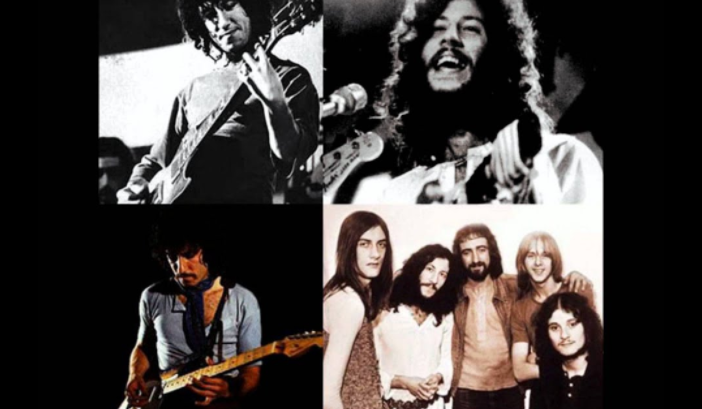At the time, Fleetwood Mac was a successful blues group remembered for their loud stage performances. Their records consistently sold around 300,000 copies and were considered excellent musicians.
When Stevie Nicks and Lindsey Buckingham entered the group in 1974, they switched their music and grew as one of the best-selling bands ever. At that point Oh Well was the only Fleetwood Mac tune that reached the Hot 100 in the US; they also have some UK hits in this period, including the No. 1 Albatross.
Oh Well was one of Peter Green’s last offerings to Fleetwood Mac. He was respected as one of the greatest guitarists and composers of the time, having succeeded Eric Clapton in John Mayall’s Bluesbreakers before establishing Fleetwood Mac in 1967. He presented a high profile acid misfortune in 1970 when he experienced a mental collapse and split the band, dedicating himself to religious work and declaring money as sin. A frequent story has him breaking his manager’s room with a shotgun, forcing that his royalty money to be stopped.
Oh Well got released in two parts. Radios regularly play the A-side, “Oh Well (part 1).” The B-side is “Oh Well (part 2),” an instrumental composition that plays entirely distinct.
Both pieces were composed by Peter Green and go collectively on the record, but Green has sturdy emotions regarding which is the better part.
“The best bit was Part 2 on the other side of the record,” he told Mojo in 1996. “You miss the best bit, the Spanish guitar break. The first side was what we played on stage. I didn’t think it would be a hit and I used to hate playing that one because we played the part that wasn’t as good. I wanted a bit of moody guitar playing. They wanted the bit that was easy to do, that everyone knew.”

